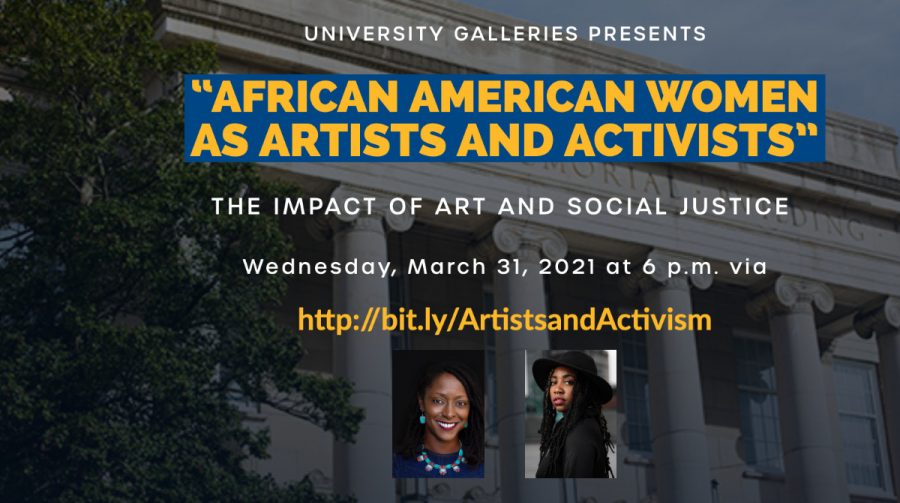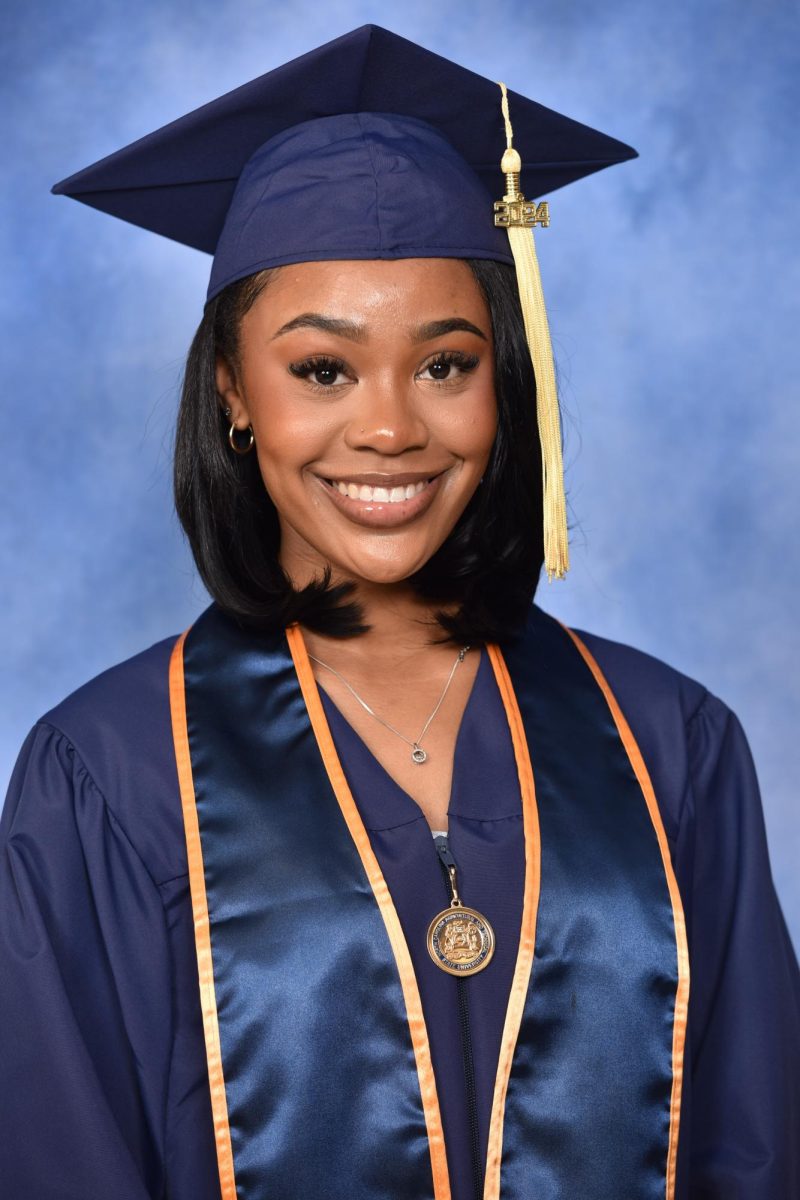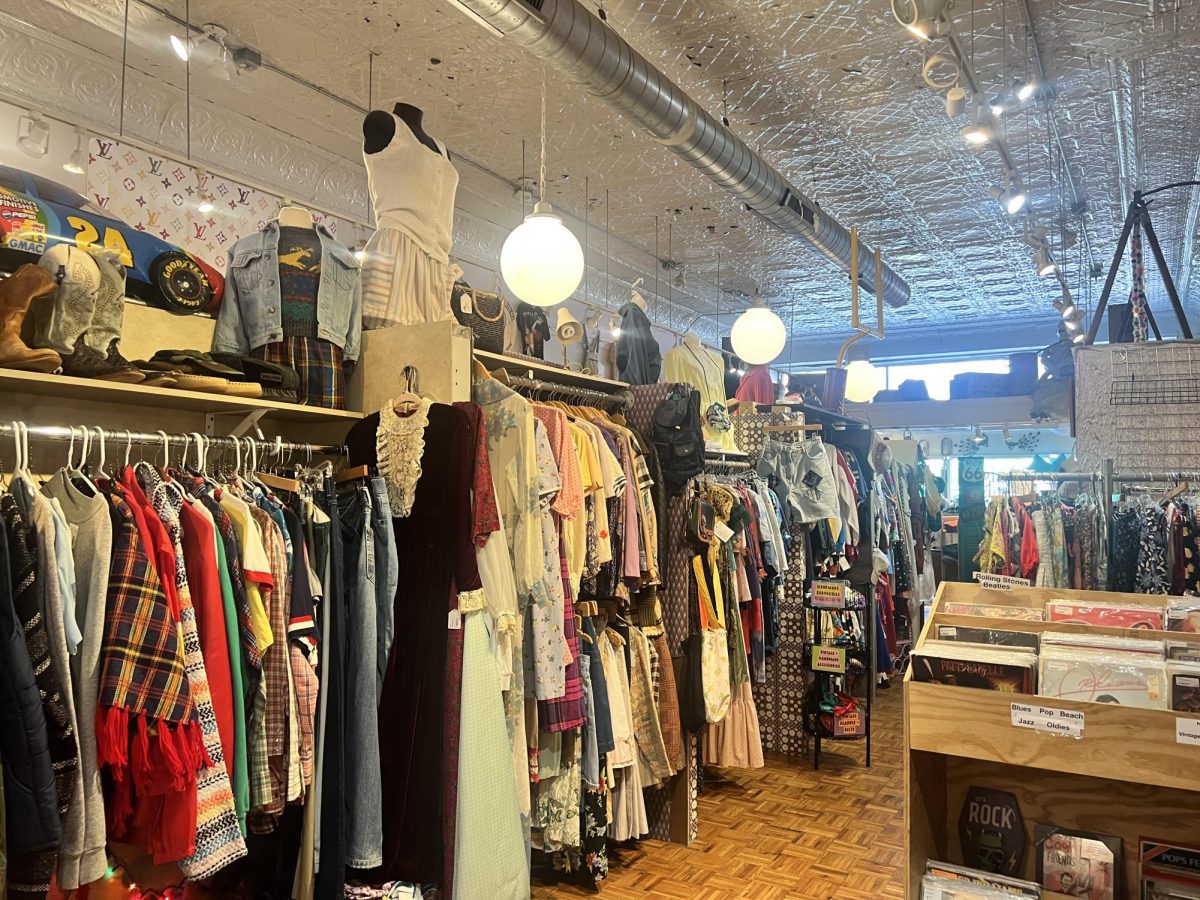The University Galleries at North Carolina A&T hosted a virtual discussion called, “African American Women as Artists and Activists.” The discussion was moderated by award-winning actress and author Angela Ray to celebrate Women’s History Month and honor Black female artists and activists.
Sunny Gravely Foushee and Virginia Holmes were the featured artists of the evening, and the two shared their experiences as artists and activists in a time where both play such an important role in society.
The event is a part of the gallery’s theme of activism. The goal of this was to raise cultural awareness and exposure to students, faculty and community members through various exhibitions and programs—such as this one.
The virtual discussion aimed to examine not only the correlation between art and social justice, but it also aimed to examine how art has played a role in the civil rights movement and how it provides a voice to the oppressed.
Both Gravely and Holmes use their art in expressive forms. Gravely uses her work to reflect on her personal experiences, both the joyous and the challenging. The Greensboro native was exposed to art at an early age. Her father being an architect and mother a photographer, both instilled in her the beauty and appreciation for all art forms. However, it was not until she attended Howard University studying Fine Arts that she truly fell in love with art.
“I wasn’t necessarily a painter or a visual artist,” Gravely said. “[But] from taking classes there, my love for art and my skills grew.”
Her artwork is known to be full of rich and vibrant colors consisting of acrylic paints, watercolors and collage techniques. She also utilizes various striking patterns and powerful imagery.
In many of her pieces, she references African American history and the works of many artists such as Aaron Douglas and Gustav Klimt she studied while attending Howard. She describes her pieces as therapeutic, as the practice gives her space to contemplate life.
In addition to being a professional artist and activist, she is also the co-owner of the Artist Bloc, an organization that aims to inspire artists through cultivating creativity and celebrating diversity. She also serves as the Executive Director of TAB Art Center Nonprofit that she helped to co-found to bring quality art education, art therapy and overall awareness of the arts to the community.
“Everything I do, I’m passionate about it and I love it,” Gravely said. “I wouldn’t change a thing. I love every minute of it.”
Holmes too uses art as a therapeutic escape as she creates abstract nonrepresentational street art. She finds inspiration from music, poetry, personal interactions and history. After dropping out of college in 2013, she began her art journey just two years later transforming her perspective of growth and healing.
“Art is sometimes that conversation we can’t have out loud,” Holmes said. “Oftentimes when I can’t find the words to say in clear English, I often transcribe it in my art.”
While in school, she struggled with balancing her academics with her social life and mental health. She then turned to paint as a way to escape her struggles. Since then, it has grown to become more of a hobby that she has grown a love for.
“Being a young Black girl coming from the projects, staying in Section 8 and not really having a true example and needing an out is really how I got my start,” Holmes said.
Her upbringing exposed her to a lot. Growing up in what she called “the projects” and experiencing systematic injustice firsthand inspired her to become socially active. She began getting heavily involved with orchestrating the many protests and other peaceful demonstrations that took place throughout downtown Greensboro over the past summer.
“I feel that I’ve been called into the same energy that Harriet had,” Holmes said. “There are Black girls and boys that are being killed in the streets.”
It was not until recently that she found herself gravitating towards activism. After the death of Breonna Taylor in 2020, she realized that she could not sit in silence and had to do something about the injustices she witnessed.
“It was because we were so close in age,” Holmes said. “We turned 27 the same year. The similarities were just too close.”
Both Gravely and Holmes have several pieces depicting their emotions and perspectives of what has taken place across the world. Black Lives Matter is the name of Gravely’s first piece in her Black Lives Matter series. This piece was first created in 2014 following the death of Mike Brown.
The piece is very moving as it captures an intense moment from the many protests following his death. The young man-centered in the painting is wearing a gas mask and is surrounded by smoke and tear gas. His eyes were stained with tears of pain and sadness to symbolize the injustice felt by many.
Some of her other works include F the Police, Smiling Faces, You Don’t Matter, and the street mural Say it Loud located in Greensboro, NC on Lindsay St and Cumberland.
Though Holmes’ works slightly differ from Gravely’s, they are still powerful in meaning. Many of her works are untitled because when painting, she just allows her mind to be free instead of limiting herself to a specific area.
“I really just want people to see [my art] and be inspired,” Holmes said. “Anything I create now, I want to create with such purpose that no matter how it is perceived it is well with me.”
In her work, she uses a variety of resources such as ash, charcoal, acrylic paint, spray paint, tape, nail polish and other recycled materials. She is known for her abstract designs and techniques such as motions, circles, spirals, drip painting and splatter. Over time, she found herself using art more as a form of trauma therapy.
A few of the inspirations behind her pieces include her miscarriage, the death of Ahmaud Arbery and the murder of George Floyd.
Both Gravely and Holmes have made a tremendous impact in the community. Their strong efforts to make a difference and bring forth change has not only impacted the arts community but also made a statement socially.
Visit Gravely on Facebook to keep up with her artistic and activism journey. Holmes can also be found on Facebook and Instagram for her artistic endeavors as well.







